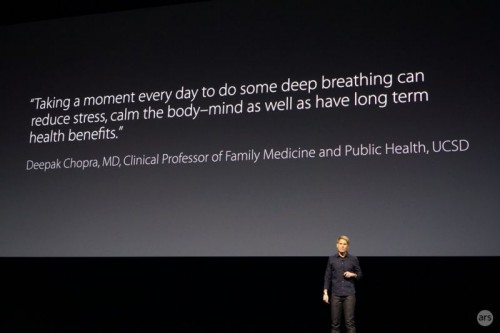It has been pointed out many times that there is one almost perfect correlation in the US’s mass shootings: it’s not that they’re done by Muslims (that would be laughably false, if it weren’t a conclusion that is harming innocents). It’s that almost all of the mass shootings are done by men. Soraya Chemaly points out something that is almost as terrible: most of their murder sprees begin with killing women and children.
As Huffington Post reporter Melissa Jeltsen wrote last year, “The untold story of mass shootings in America is one of domestic violence.” According to a conservative estimate by the FBI, 57 percent of the mass shootings (involving more than four victims) between January 2009 and June 2014 involved a perpetrator killing an intimate partner or other family member. In other words, men killing women intimates and their children and relatives are the country’s prototypical mass shooters; these killings are horrifyingly common. In fact, on Sunday, while the world watched in horror as news poured out of Orlando, a man in New Mexico was arrested in the fatal shooting deaths of his wife and four daughters.
Even when intimate partners are not involved, gender and the dynamics of gender are salient. According to one detailed analysis, 64 percent of the victims of mass murders are women and children, and yet the role that masculinity and aggrieved male entitlement plays is largely sidelined. Schools, for example, make up 10 percent of the sites of mass shootings in the U.S., and women and girls are twice as likely to die in school shootings. Gyms, shopping malls and places of worship are also frequent targets, and are similarly places where women and girls are predictably present in greater numbers.
Also chilling is how we look the other way.
The Washington Post reported Monday that “although family members said Mateen had expressed anger about homosexuality, the shooter had no record of previous hate crimes.” But that depends on how you categorize domestic violence.
There are people who think domestic violence doesn’t even count as violence. The Bible condones beating your wife, so do some factions in Islam, and there are always idiots who argue that rape in marriage is impossible.
It makes me wonder how much courage it takes for a woman to enter into any kind of relationship with a man.





